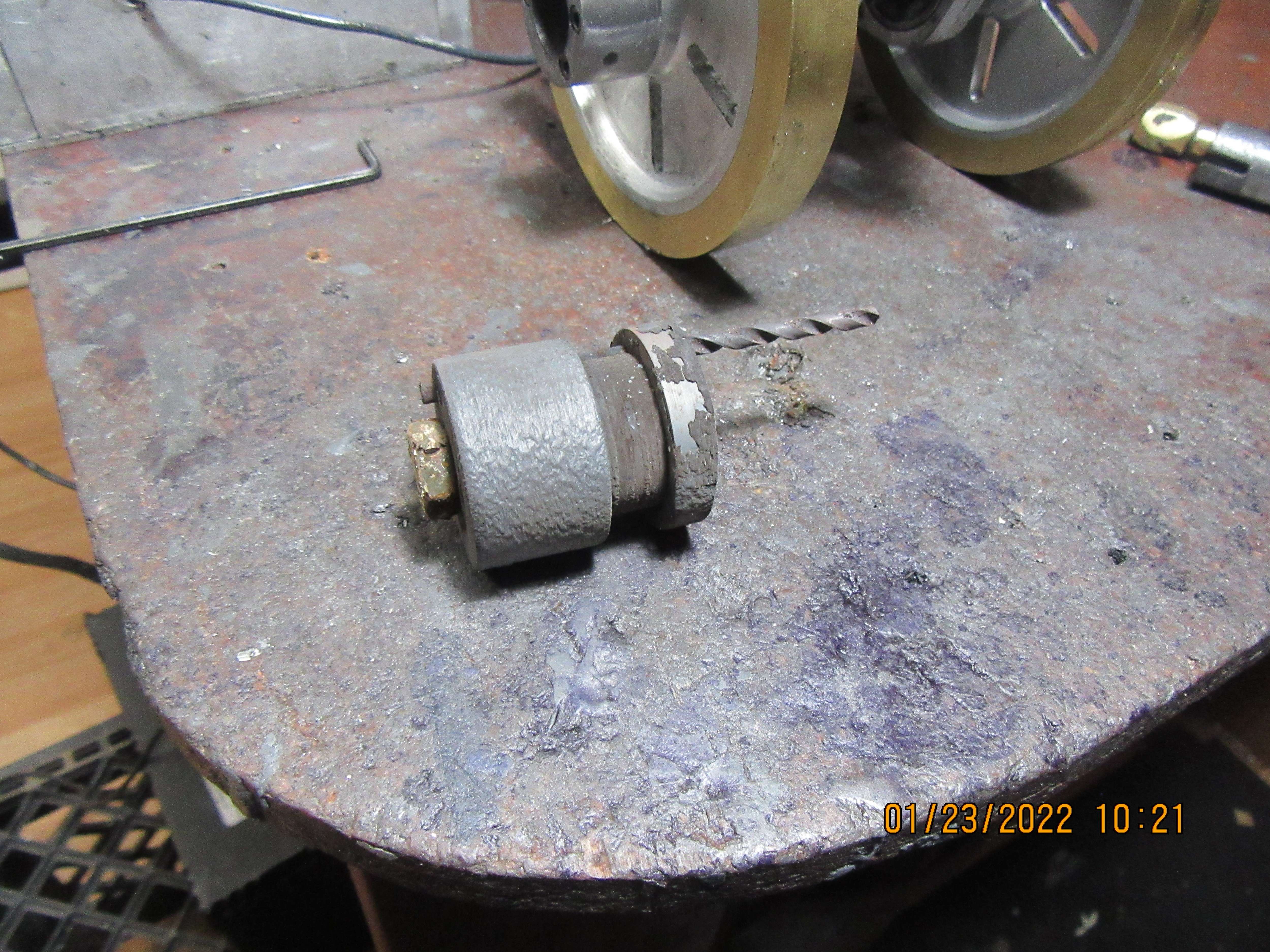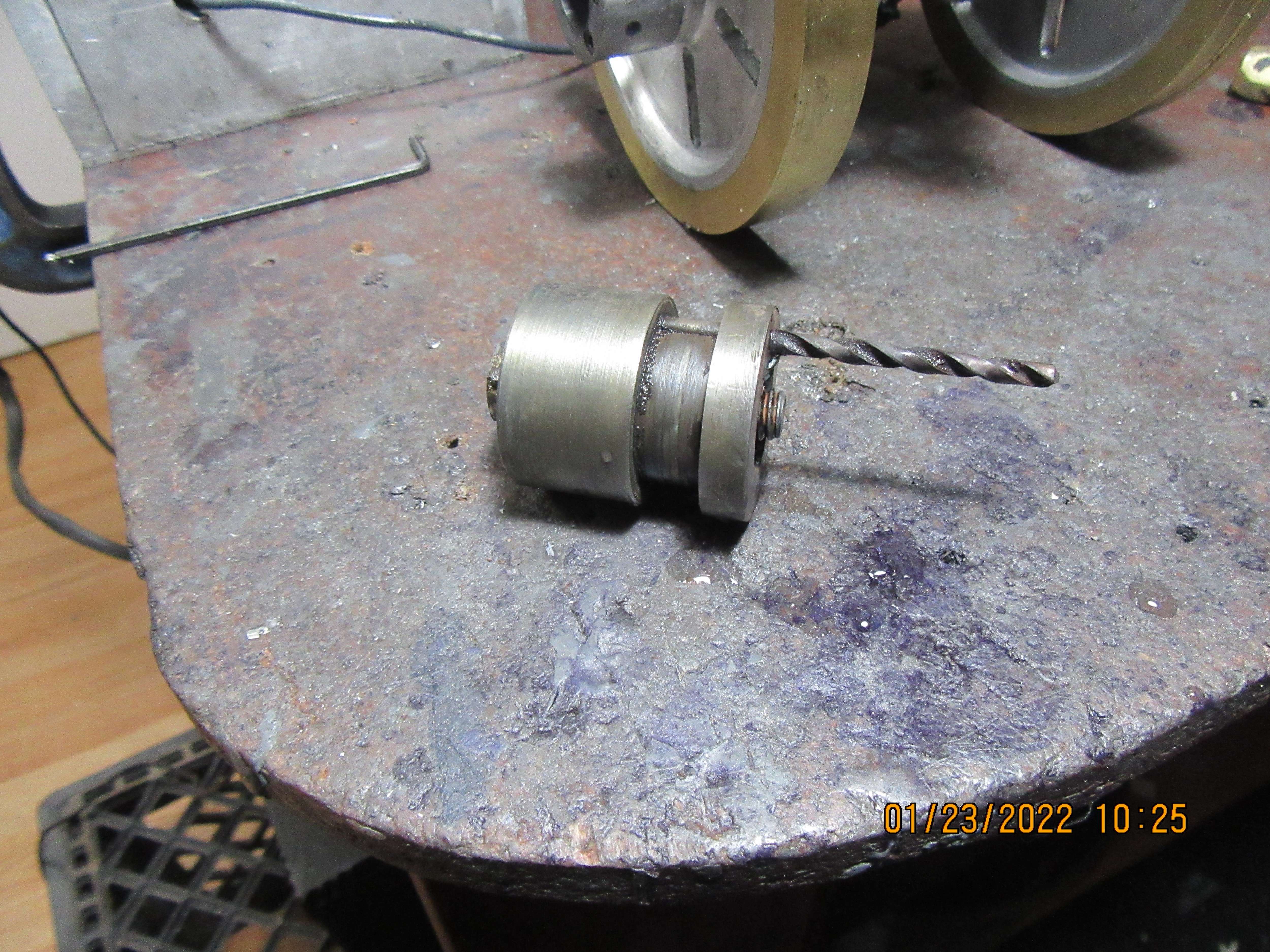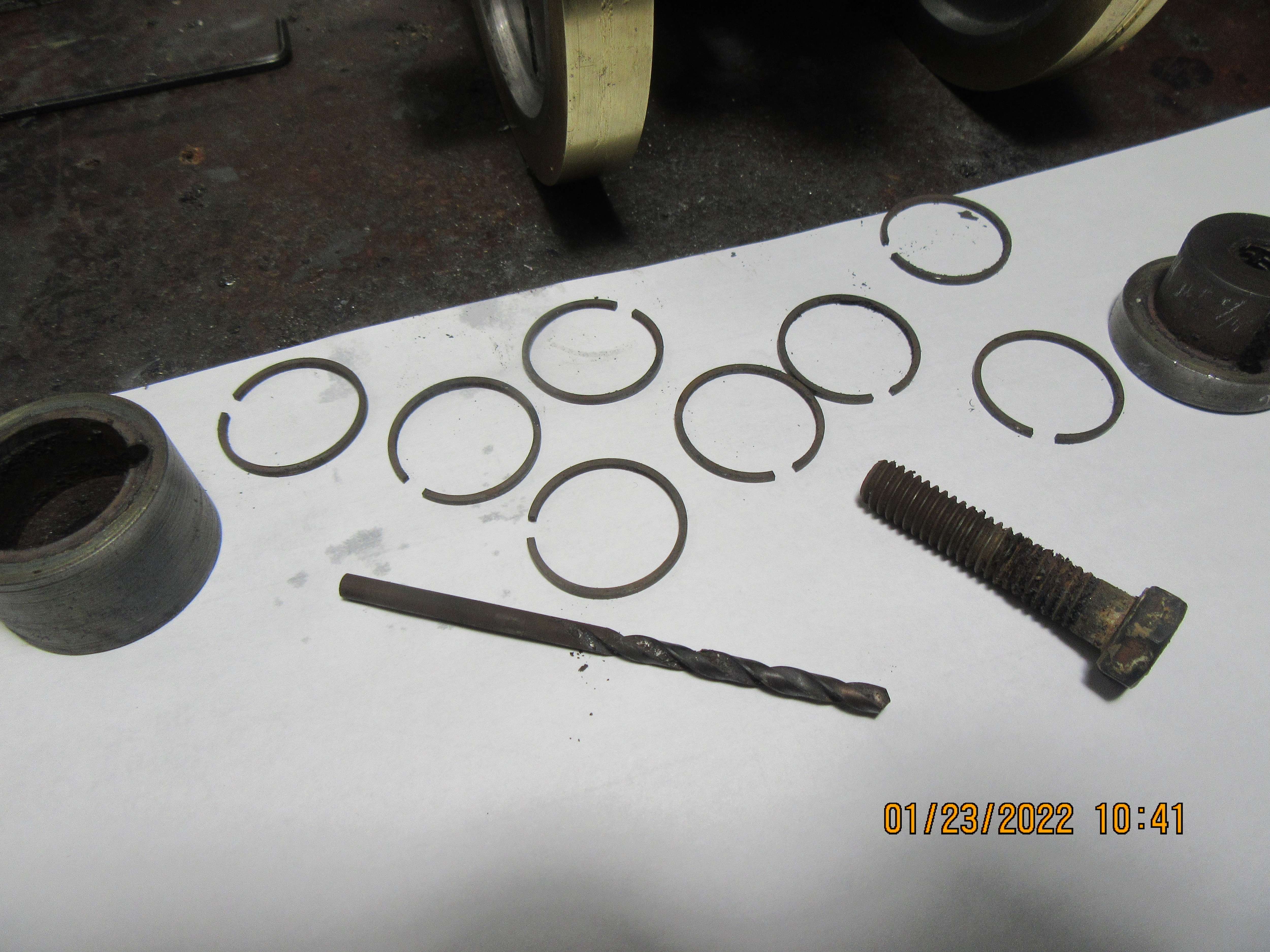- Joined
- Jan 4, 2011
- Messages
- 1,332
- Reaction score
- 343
I find it interesting that for something which is supposedly as precision as ring manufacturing that folks do it so many different ways. Heat for 1 hour, 3 hours, 4 hours. Use an enclosed tube and burn a piece of paper inside or use Brownell paste or just let them turn black and polish them. Seems like one person uses crude methods and the rings work just fine and the next person holds everything to +/- .0001 and they do not work. I have been going through the exercise again with my super frustrating Atkinson Differential and I have tried making rings several times and even bought rings from Dave Reed (Otto) and still cannot get enough compression.







